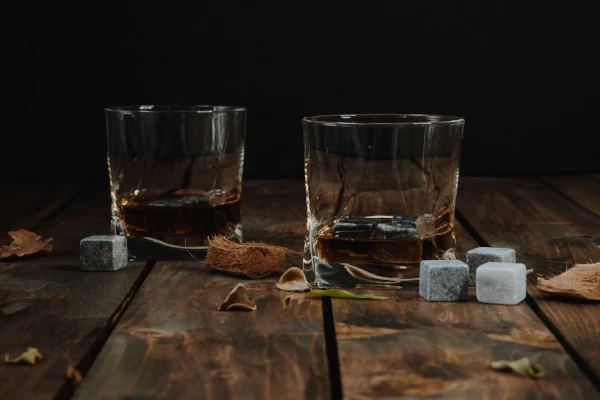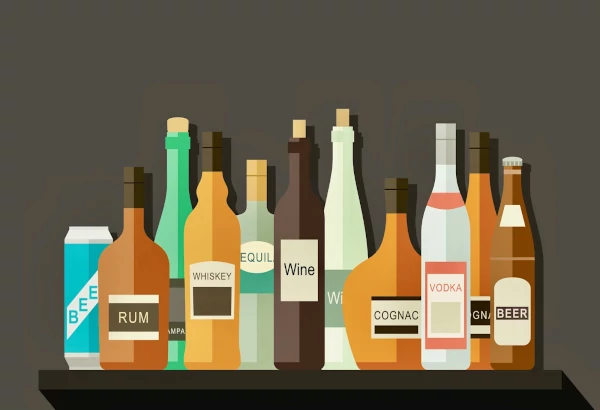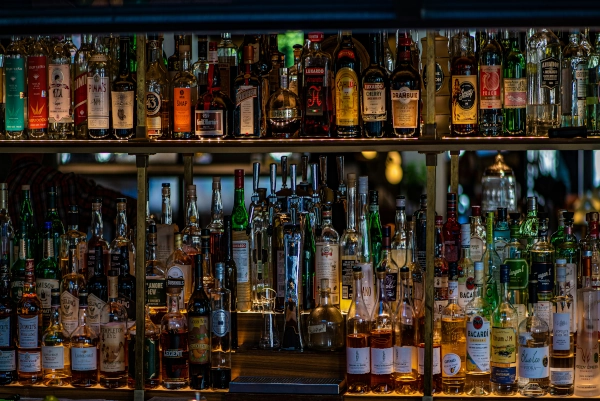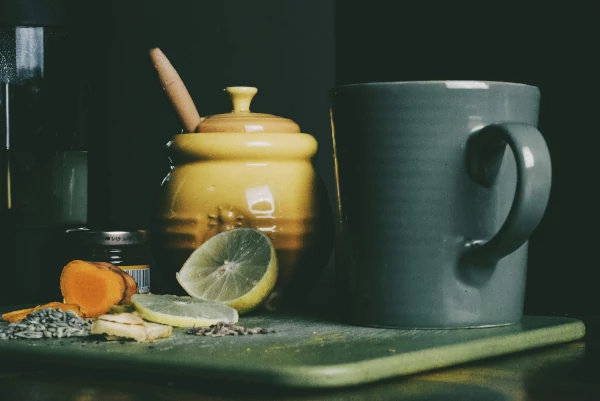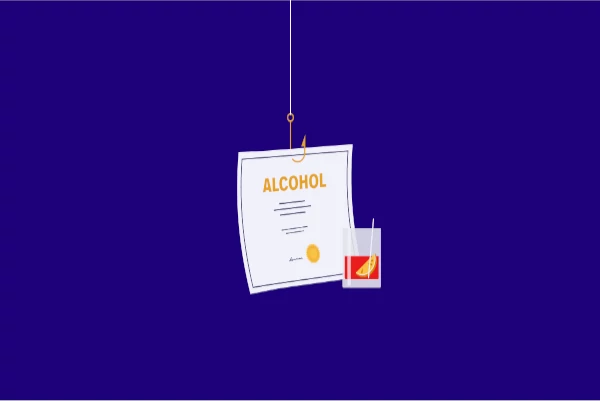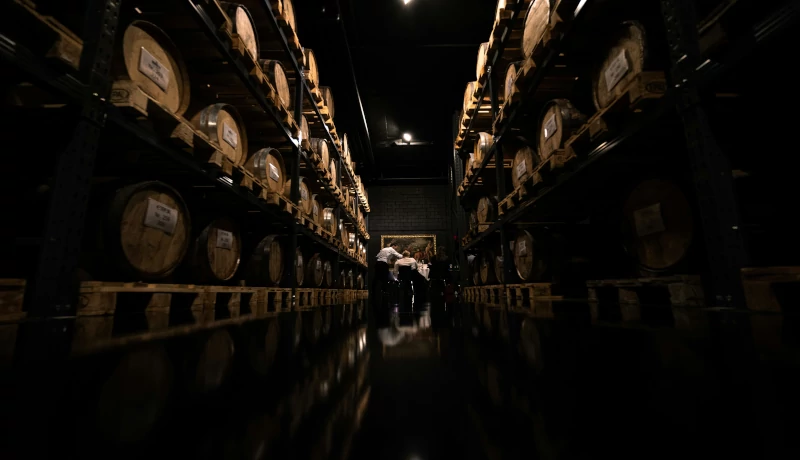
Exploring the Science of Aging Spirits: Understanding Flavor Development
The aging process of spirits like whiskey and rum is indeed fascinating, blending chemistry, physics, and biology to create complex flavor profiles. Let's delve into the science behind it:
1. Wood Interaction: Spirits are typically aged in oak barrels. The wood interacts with the alcohol, imparting flavor, color, and aroma to the liquid. Compounds like lignin and tannins in the wood contribute to this process. Oak also contains vanillin, which gives a sweet, vanilla-like flavor to the spirit.
2. Chemical Reactions: During aging, chemical reactions occur within the spirit. Esters, aldehydes, and acids undergo transformations, leading to the development of new compounds. For example, ethanol can react with acids to form ethyl esters, contributing fruity or floral notes.
3. Oxygenation: Oxygen slowly enters the barrel through its pores, oxidizing compounds within the spirit. This oxidation process mellows harsh flavors and can create smoother, more rounded profiles. However, too much oxygen exposure can lead to over-oxidation and off-flavors.
4. Temperature Fluctuations: Barrels stored in warehouses experience temperature changes, causing the spirit to expand and contract. This movement facilitates the extraction of flavor compounds from the wood. Additionally, temperature fluctuations influence the rate of chemical reactions, impacting the aging process.
5. Maturation Time: The duration of aging significantly affects the flavor profile. Longer aging allows for more complex interactions between the spirit and the wood, resulting in deeper, richer flavors. However, there's a point of diminishing returns, where excessive aging can lead to over-oaked or overly tannic spirits.
6. Microbial Activity: Within the barrel, microbial activity can also play a role in aging. Yeasts and bacteria present in the environment may interact with the spirit, producing additional flavor compounds or altering existing ones. This is particularly relevant in rum production, where microbial fermentation is a crucial step.
7. Charred Barrels: Many barrels used for aging spirits are charred on the inside. This charring process caramelizes sugars in the wood, creating layers of flavor like caramel, toffee, and even smoky notes. The degree of charring, known as the "char level," impacts the intensity of these flavors.
8. Terroir: Just as with wine, the environmental factors where the raw materials are grown can influence the flavor profile of spirits. Factors like soil composition, climate, and altitude can affect the characteristics of grains or sugarcane used in spirit production, ultimately influencing the aging process.
Understanding these scientific principles helps distillers craft spirits with specific flavor profiles, balancing the artistry of aging with the science behind it. Each step in the process contributes to the unique character of the final product, making the science of aging spirits a truly fascinating subject to explore.
How to get drinking liquor license : Click Here to Apply Now
